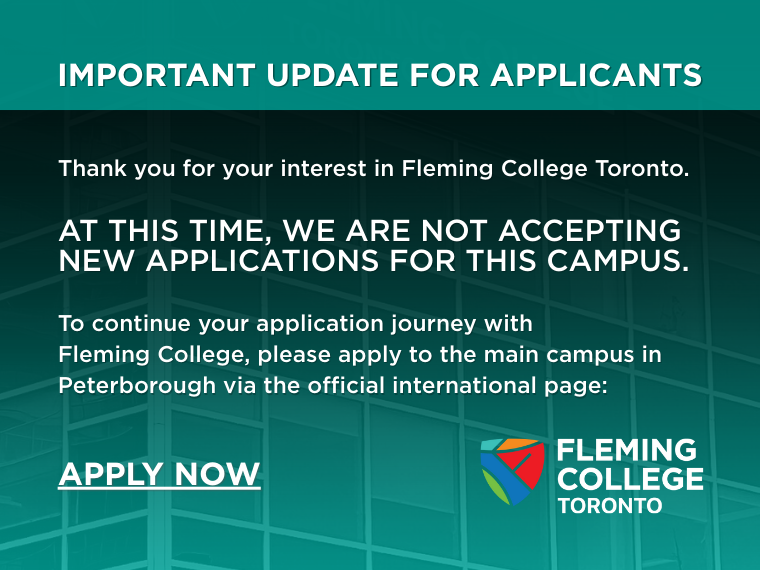Writing Professional Emails for Business and School
- August 24, 2023
- Career

Crafting an e-mail is an essential skill for life in the 21st century. However, writing emails for a professional setting, such as school or work, is quite different from writing personal e-mails to friends and acquaintances.
In this blog, we will examine everything you need to know about writing a professional email for business or school, including how to handle structure, scheduling and different scenarios you may encounter.
What is a professional email?
A professional email is a type of e-mail that is specifically used for academic or business purposes. When writing emails professionally, there are various important pieces of information that you must remember.
The tone of the email will be much more formal than conversational. It’s important to know that a professional email should not be too brief or too long. 50 to 125 words is a good standard to follow or one to three paragraphs. The next section will explore how to structure a professional email from subject to closing.
How to Structure a Professional E-Mail
Subject Line
The subject line is the first step when writing any professional email. In a professional setting, keeping your message concise and on-topic regarding the information discussed in the email is recommended. It is best to avoid typing in all caps, and overly long or informal subject lines.
Greeting
You should always begin your e-mail with a proper greeting, so the recipient of the email knows it is directed to them. Typical greetings for professional emails include “Dear” or “Good morning/afternoon” but can also be something more friendly such as “Hi” or ‘Hello”. Avoid informal greetings such as “Yo” or “What’s Up”.
Overview
When starting your email, it is also important to give a brief overview of the subject and details of the message. It should be in line with your subject line and inform the recipient of the information you need to tell them or the questions that you need to ask them.
The Body
The body should expand on your introduction/overview line, and generally be as simple and to the point as possible. The average professional email should be about 5 sentences in total, with around 3 sentences being included in the body.
There can be exceptions for certain topics, however, it is best to capture the balance between showing proper attention to the email, and not dragging it on for longer than it needs to be.
Closing
After the body of your email, it is key to give your message a brief and appropriate sign-off. Possible phrases to use include the more formal “sincerely” and “best regards” to the slightly more casual and familiar “Thank you” or “Talk soon.”
Proofreading
Upon the completion of writing your email, reading your email over a couple of times is incredibly important. Though it is easy for people to ignore this step due to the short length of emails, spelling and grammar errors in emails are incredibly common. Review your email thoroughly before sending it out.
Possible Scenarios
Job Application
When sending an email for a job application, it is important to remember to highlight your resume and cover letter. This is key to highlighting your best qualities and why you would be suited to the possible job opportunity.
College/University
Writing emails to your instructors is another common scenario where you will be required to write a professional email. When addressing an email to an instructor, ensure that your inquiry is clearly stated, you introduce yourself and your problem, and that the tone is formal and respectful.
Scheduling Emails
Scheduling is another important factor to consider when sending an email in a professional setting. Sending an email too early or too late can look unprofessional, and your instructor or colleague may not return the email. Instead, set the email to be sent at an appropriate time within the working hours of the person you are trying to reach.
Additional Tips to Remember
- Address the subject according to their proper title.
- Attach all needed documents.
- Say “thank you” when asking for a favour.
- Use your school email for school-related messages.
- Include your full name and student number for school e-mails.
- CC others if needed.
- Don’t expect an immediate response.
Conclusion
Sending an email is a simple task, but it is important to know the protocol for emails in a professional setting. If you ensure that your structure is correct, your tone is professional, and your requests or inquiries are clear, you will be well on your way to mastering the art of writing a professional e-mail.
Read more blogs
From Türkiye to Toronto: Elifsu’s Journey as an International Student
Elifsu shares her story of being an international student and adjusting to life in Toronto.…
Student Perspectives: Navigating the Job Market with Career Services
Vankita talks about how she landed a job and adapted to workplace culture.…
5 Questions for Anurag Mathur, FCT Business Instructor
Get out of your comfort zone and open your mind with the help of our esteemed instructor…



